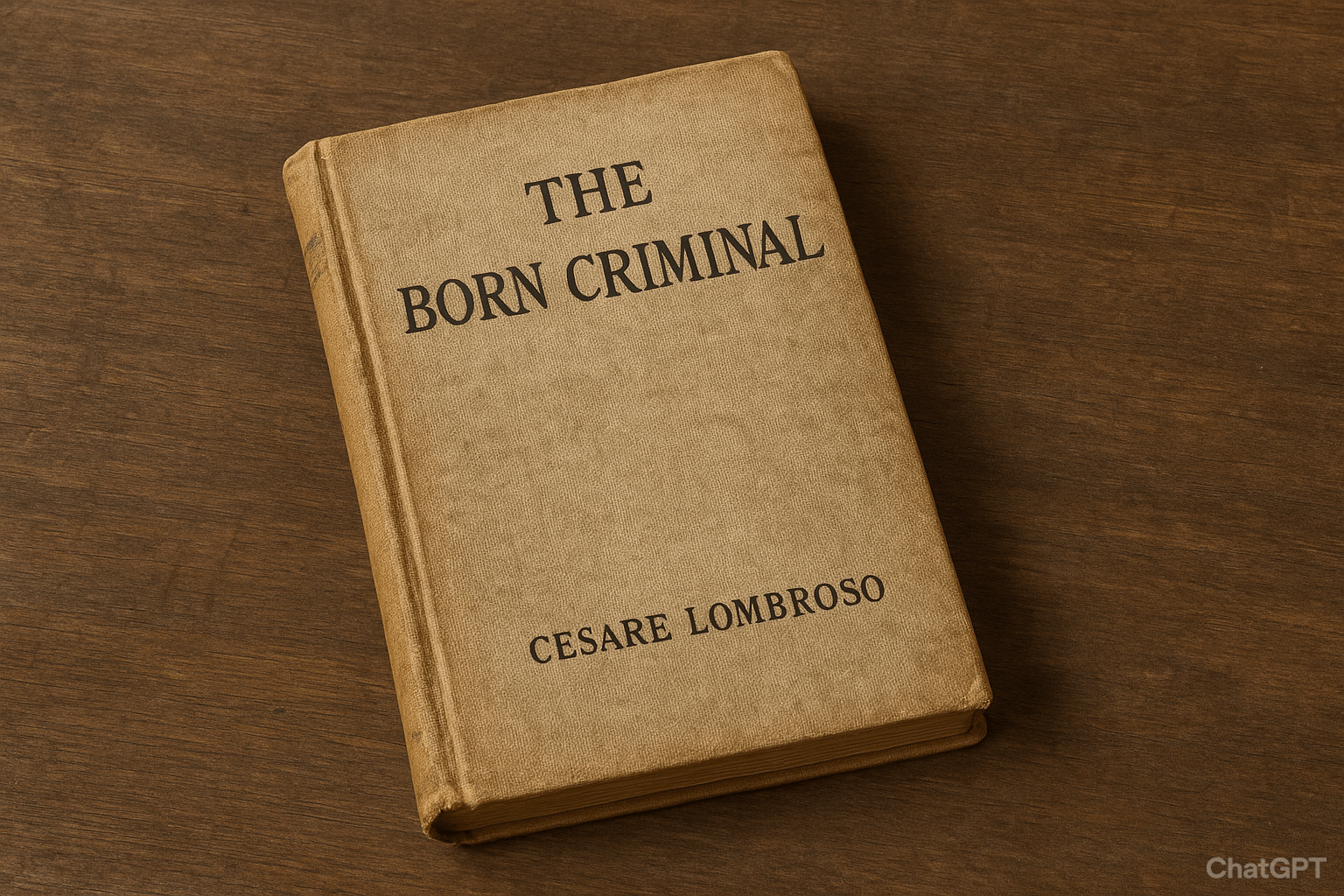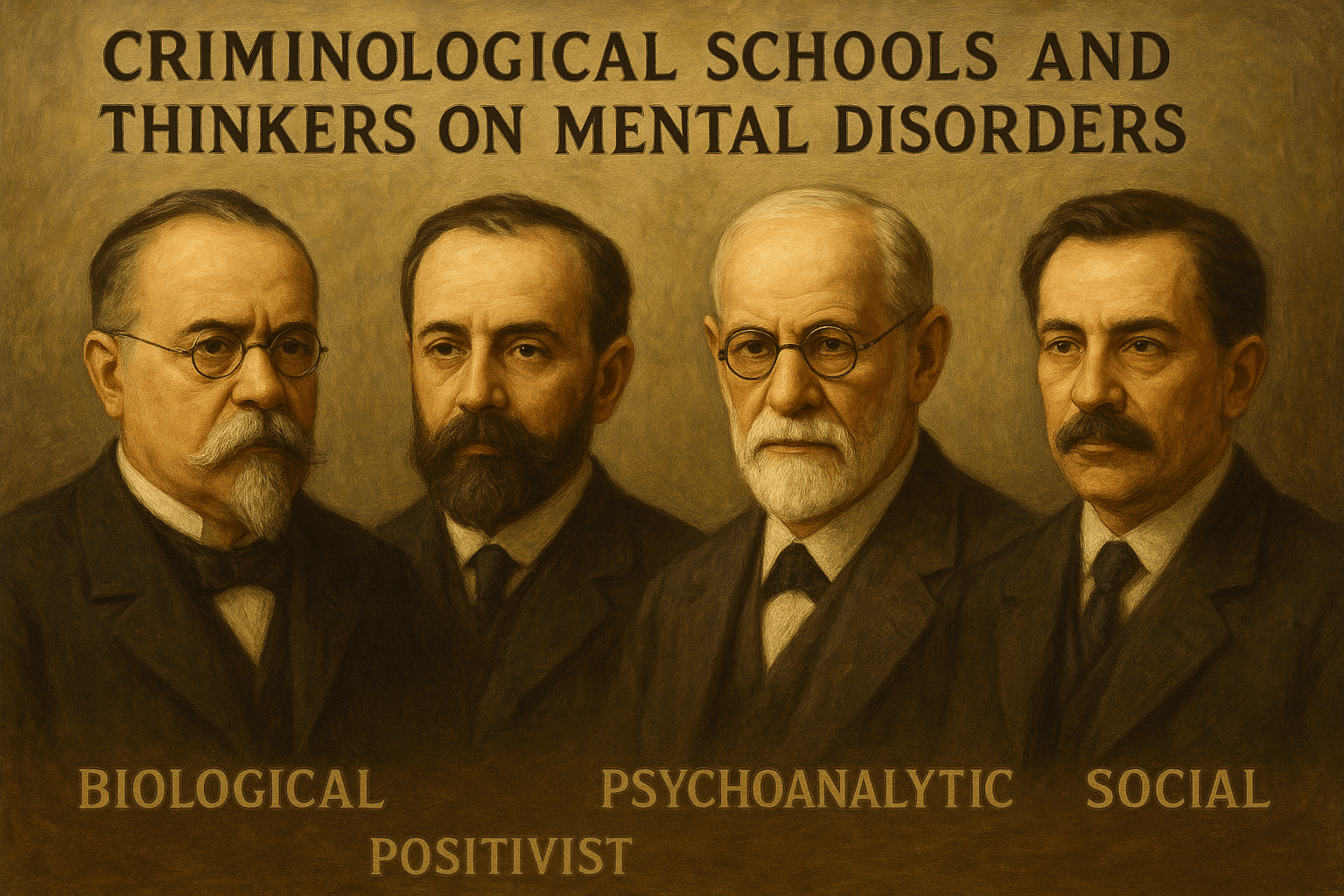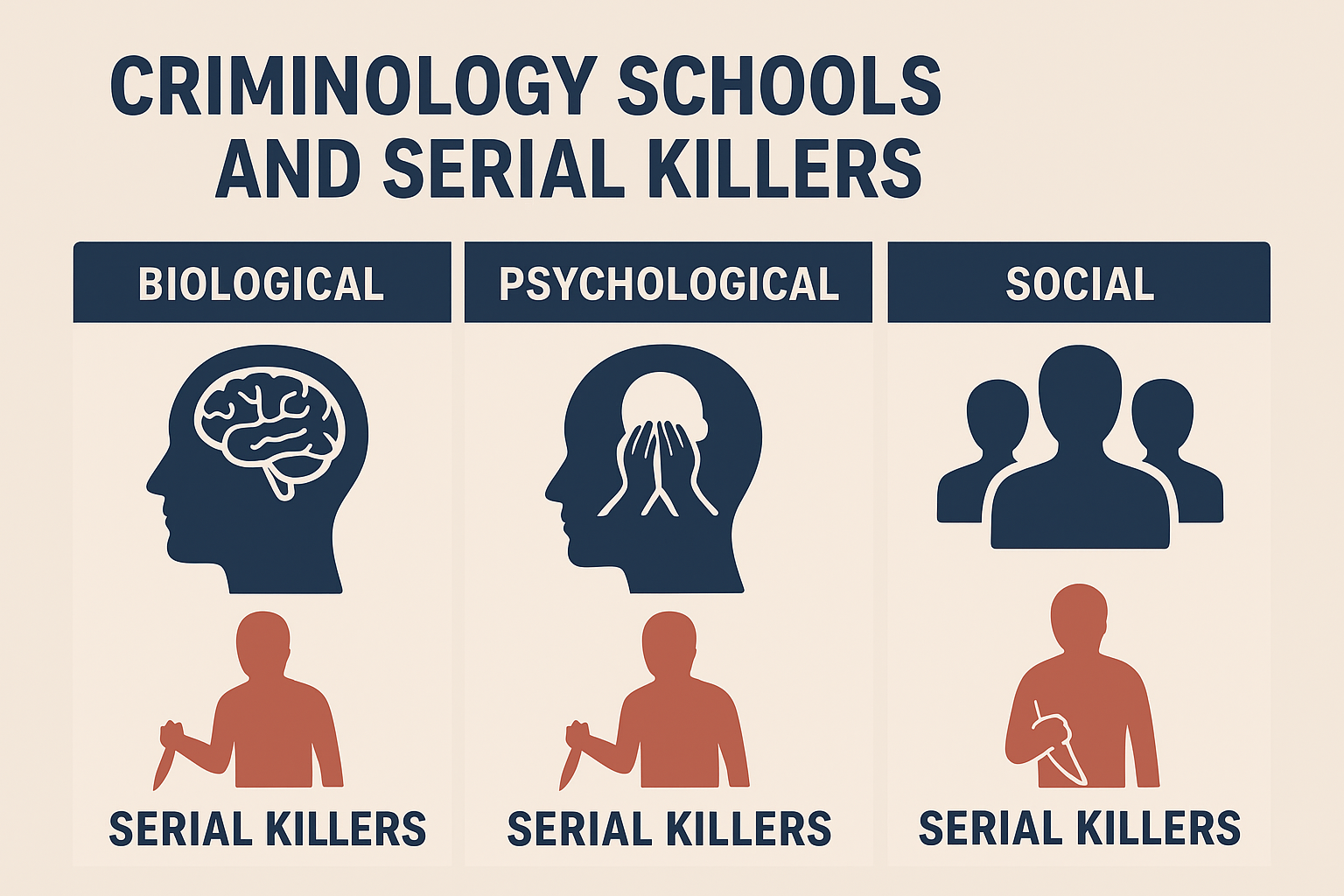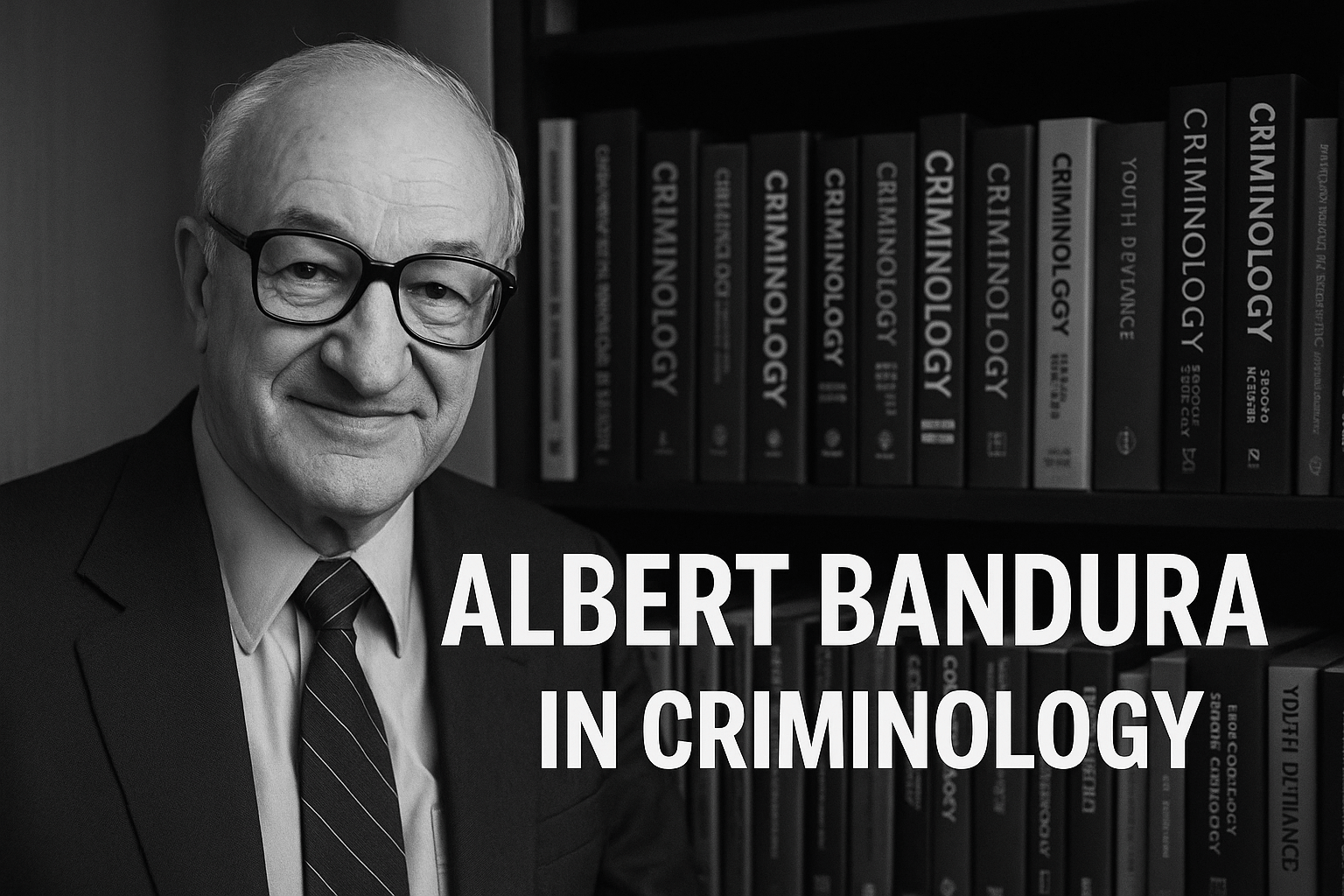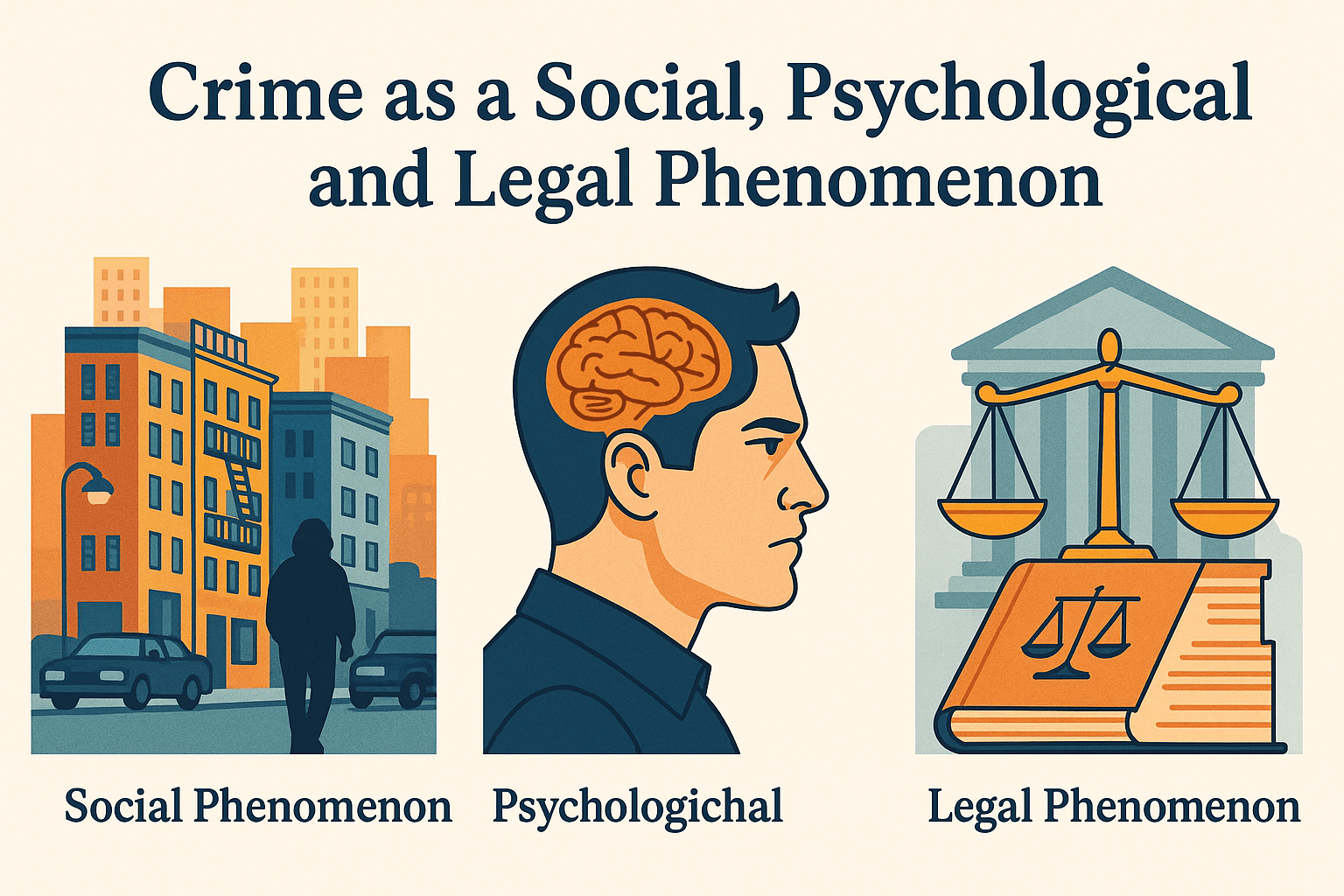Schizophrenia in Criminology: A Scientific and Philosophical Perspective
Introduction In criminology, the study of the relationship between mental disorders and criminal behavior has always represented one of the most complex and controversial fields of inquiry. Among the mental illnesses that have captured the attention of both criminologists and psychiatrists, schizophrenia stands out as a disorder that profoundly challenges our understanding of criminal responsibility, … Read more



